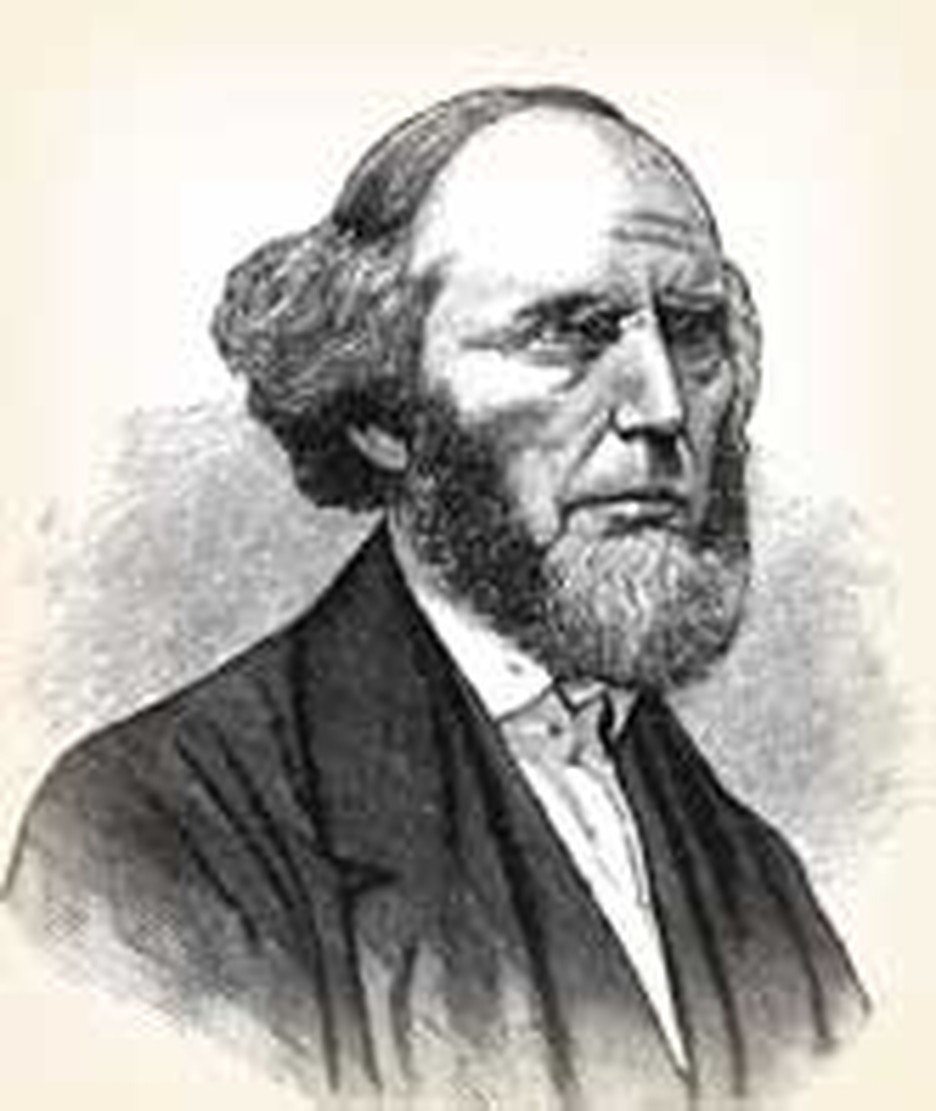
Charles Finney is remembered as one of America's most successful revivalists. As many as 500,000 people were converted to Christ under his preaching. He was also one of America's most controversial revivalists. Although a mild Calvinist in Jonathan Edward's mold, he was accused of being an errant Arminian or even a thoroughly heretical Pelagian. His perfectionist theories were bitterly challenged as unsound. He probably did not believe in original sin. His doctrine of the atonement disagreed with what the church has believed through all history. But he did call men and women to repent of the sins they deliberately committed, the sins they could leave off, and many listened.
In its bare bones, Finney's theology said it is man's duty to get right with God through Christ NOW. We have no excuse not to. To talk of predestination is evasive. All could come to salvation NOW if they would. To ensure that pressure was put on people to do just that, Finney introduced modern revival methods. These included the anxious bench, calls for immediate Christian commitment, prolonged meetings, and the holding of multiple meetings in a week.
Finney was a social force. Women were allowed to pray aloud in his services and to actively engage in the ministry. This appalled many from the older religious traditions. Opposed to slavery, Finney opened Oberlin College, the first American College to graduate a black woman with a B. A. He was a social force because he believed that true salvation proves itself in immediate hard work for Christ. The man who doesn't work to improve his society, as a result of being a Christian, is probably not a Christian.
In 1832, weary of the unsettled life of a revivalist, he accepted the pulpit of the Chatham Street Church in New York. For the first time in his married life, he bought a home of his own. Chatham was a free church, one of the churches which refused to charge pew rents, which typically excluded the poor or relegated them to bad seats.
Finney was to be installed as Chatham's pastor on this day, September 28, 1832. During the service he took ill. It was the cholera season in New York. It soon became apparent he had the disease (it causes severe diarrhea and rapid dehydration). A neighbor, seized with the disease the same night, died by morning. For days Finney's life was in desperate danger. It was months before he regained enough strength to return to the pulpit on a regular basis.
Finney's messages and benevolence attracted many people to his church. The poor were attracted by its rent-free pews. Finney immediately put his converts to work solving social ills. Many benevolent organizations operated out of the Chatham Street Church. Eventually a larger tabernacle had to be built. Finney pastored it until 1837. He died in 1875, 43 years after his nearly deadly bout with cholera.
Bibliography:
- Charles G. Finney. Christian History. # 20.
- Finney, Charles Grandison. The Original Memoirs of Charles G. Finney. Grand Rapids, Michigan: Zondervan, 2002.
- Hardman, Keith J. Charles Grandison Finney. Syracuse, New York: Syracuse University Press, 1987.
- Hills, A. M. Life of Charles G. Finney. Cincinnati, Ohio : Office of God's Revivalist, 1902.
- Various encyclopedia articles.
Last updated April, 2007.


